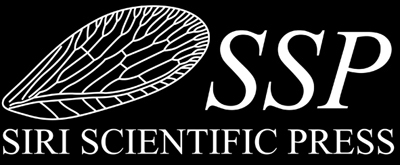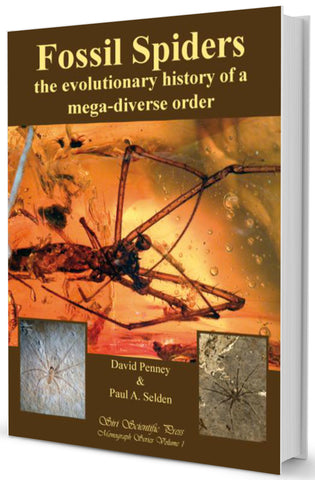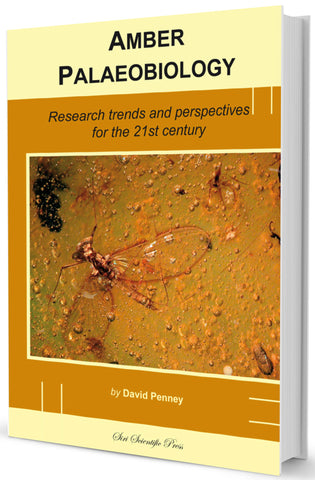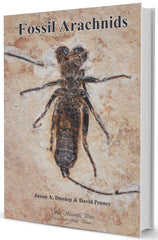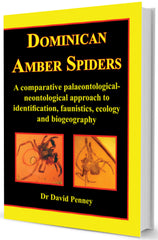New techniques in the study of fossil spiders
Posted by David Penney on
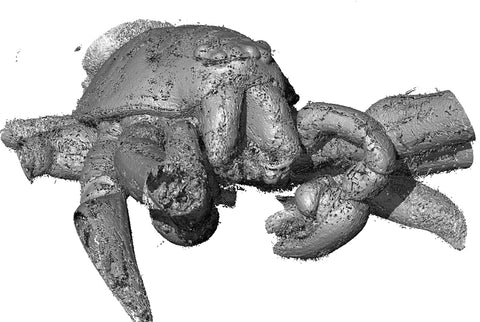
We are pleased to announce the publication of a new invited review paper concerning the application of new imaging techniques in the study of fossil spiders. The paper, written by Dr Paul Selden (University of Kansas) and Dr David Penney (Siri Scientific Press and University of Manchester) was published in the high impact journal Earth-Science Reviews and can be accessed by clicking the link at the end of this short article.
These authors have a long history or working together on fossil spiders, which occur as both fossils preserved in amber and as compression fossils in rock. In 2002 they identified the oldest described fossil in amber, which made it into the Guinness Book of Records.
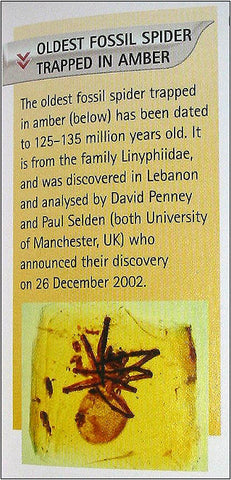
More recently, they authored a volume in our monograph series, which documents the evolutionary history of this mega-diverse order. Click the cover below to go to the product page and find out more. Additional information about how the new imaging techniques can be applied to fossils in amber can be found in our new title: Amber Palaeobiology (click the cover to go to the product page for more information).
What people are saying about the Fossil Spiders book:
Spider club of S Africa Newsl.: Although this is a scientific monograph the authors have used language accessible to anyone interested in palaeontology, arachnology or both. All of the text is supported by very fine black and white illustrations of the fossils themselves and such amazing things as the HR-CT 3D reconstructions, from which to make physical, three-dimensional models. It is an absolutely fascinating book and I keep dipping into it just for the sheer joy of a well presented and easily understandable translation of complex science.
ZooKeys: ...an absolutely unique book in the spider literature to date. It is authoritatively written by two of the leading researchers in this field and provides broad coverage of their combined 50 years experience and expert knowledge. The book is hard back and presented on high quality glossy paper. It is richly illustrated thoughout by numerous high quality photographs of fossil spiders. In conclusion, this book deserves a place on the shelves of the libraries of all professional and amateur arachnologists alike, in addition to those of invertebrate palaeontologists.
Priscum (2015, slightly modified as the original review related to two SSP volumes): Penney and Selden combine a well-established phylogeny of modern spider families with the known fossils of these groups to produce a phylogenetic tree of spider evolution, demonstrating the potential importance of this fossil record for calibrating key evolutionary events and processes, including the impact of mass extinctions and the co-evolution of plants, insects, and spiders. ... The best comparison to this excellent monograph is the magisterial volume by Grimaldi and Engel on the History of Insects. This likewise should be in the library of every student of fossil arthropods and modern arachnids and of anyone interested in the evolution of terrestrial biotas.
Our additional titles concerning fossil spiders include:
The new paper on imaging techniques for fossil spiders can be accessed here (for free until 18 March): http://www.sciencedirect.com/science/article/pii/S0012825216303580.
Share this post
- 0 comment
- Tags: New research, News
0 comment
